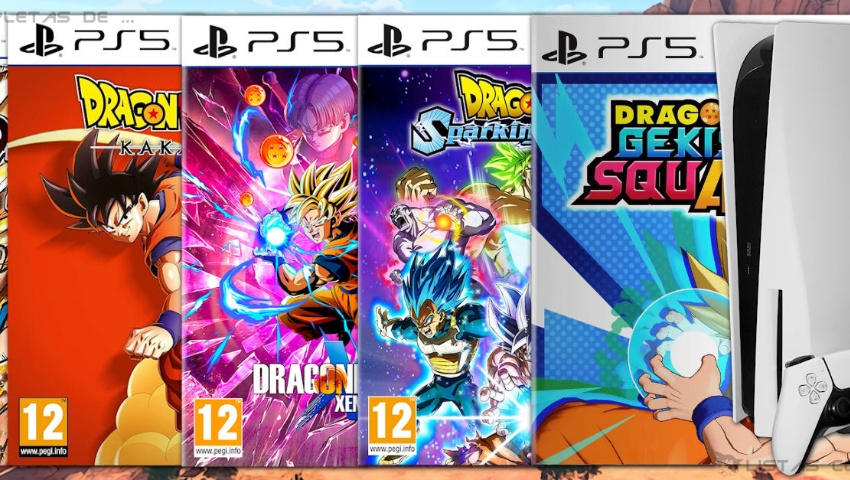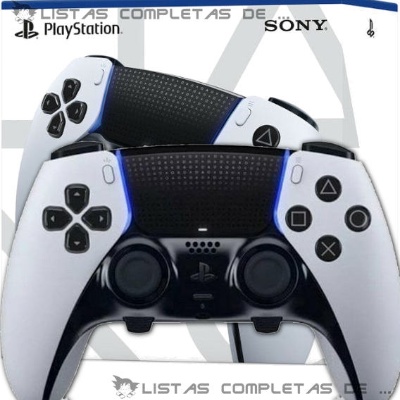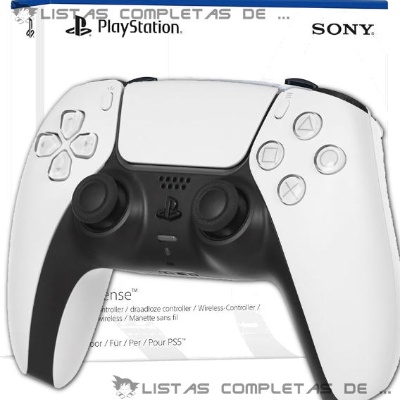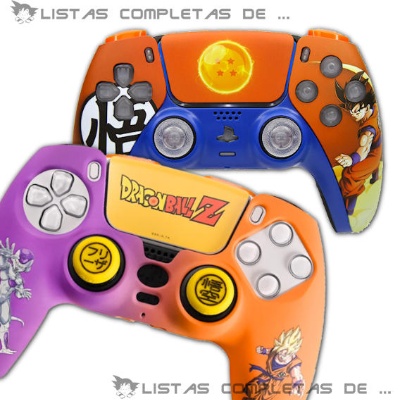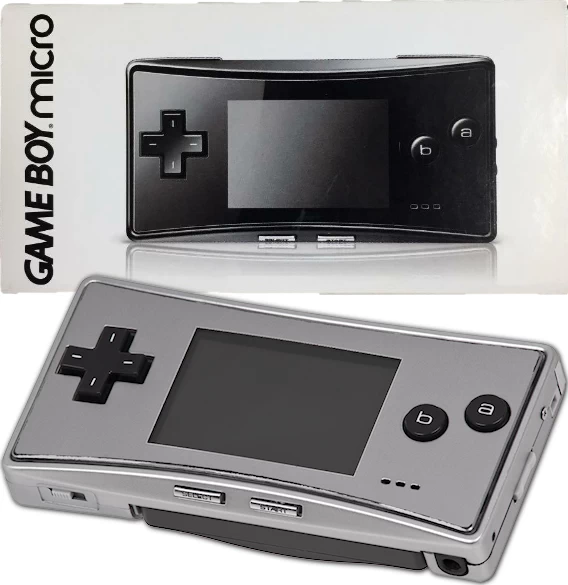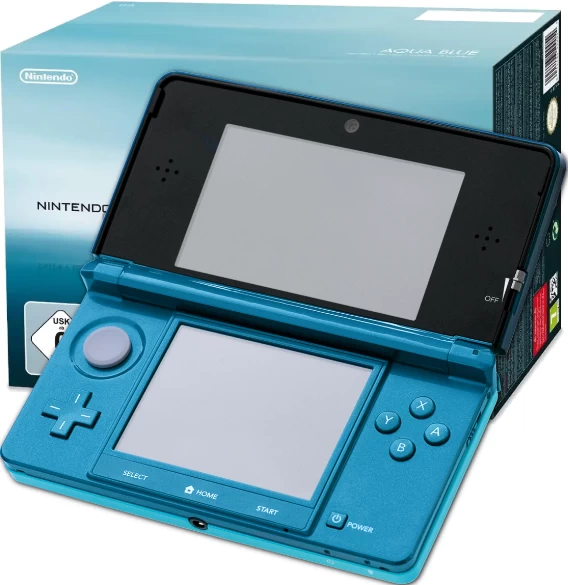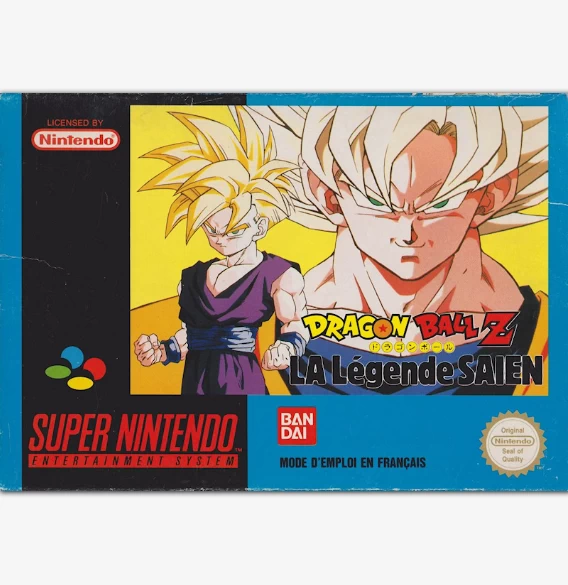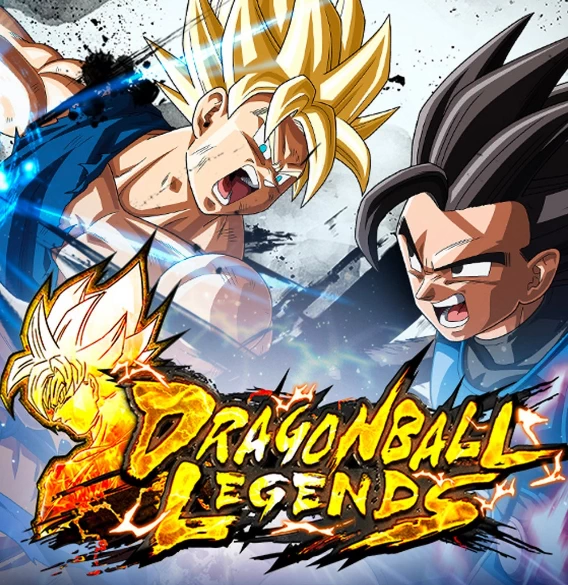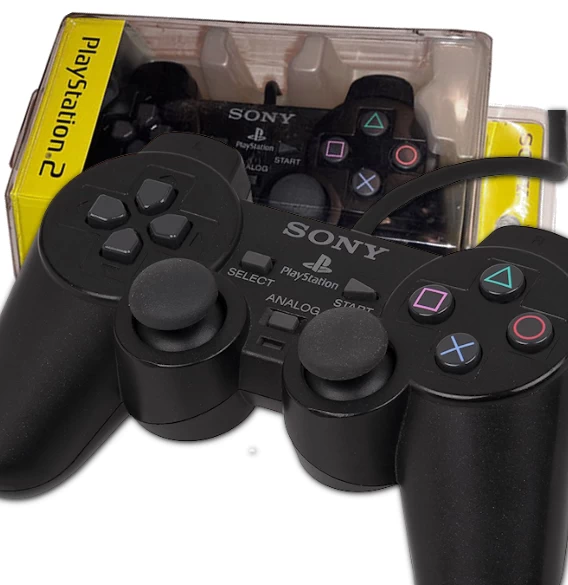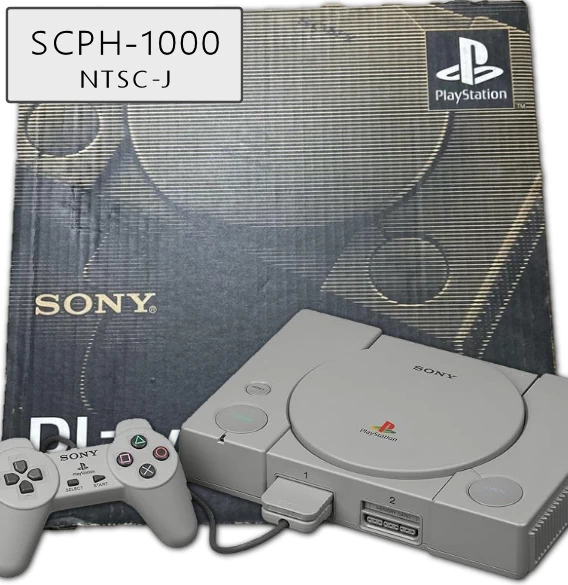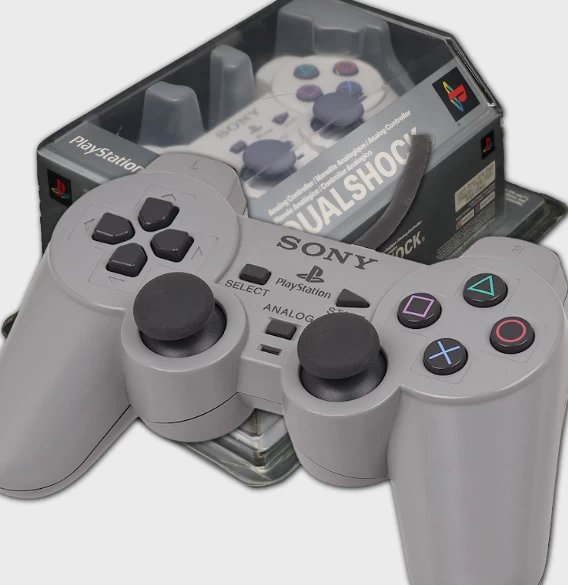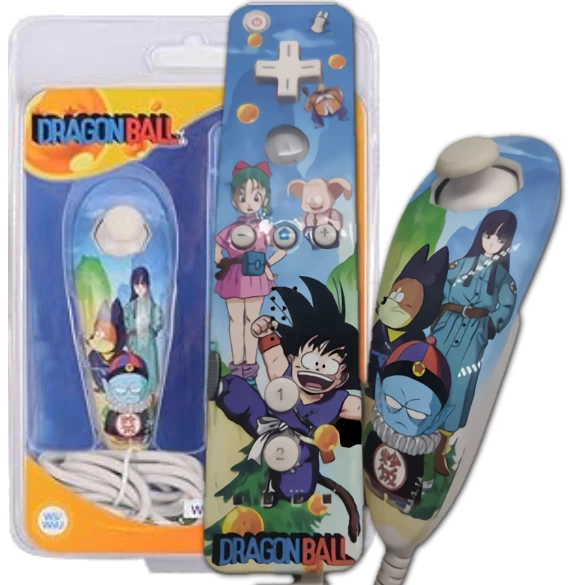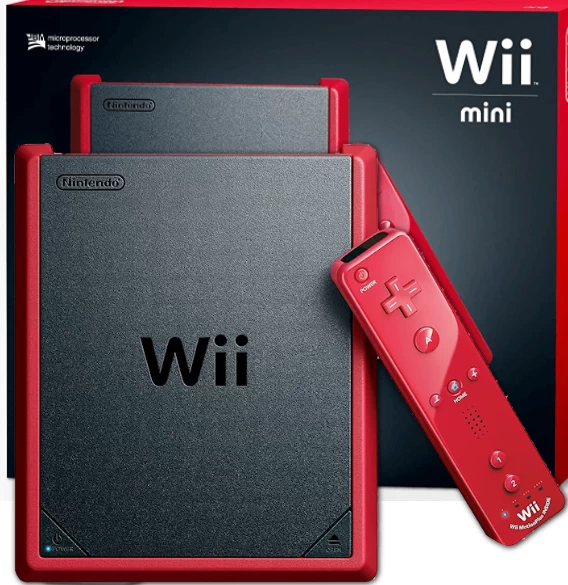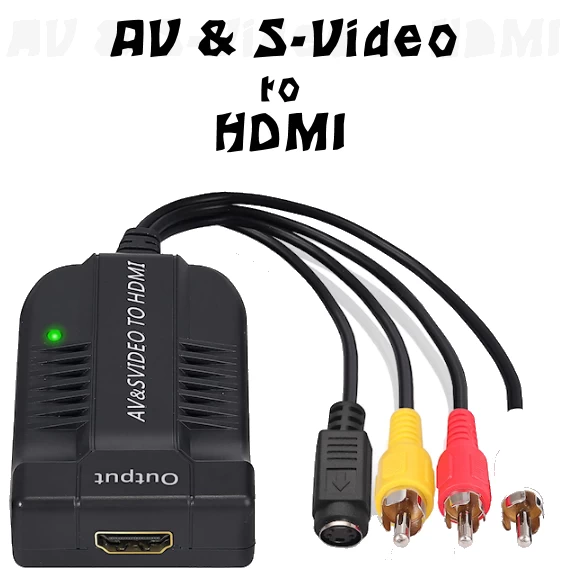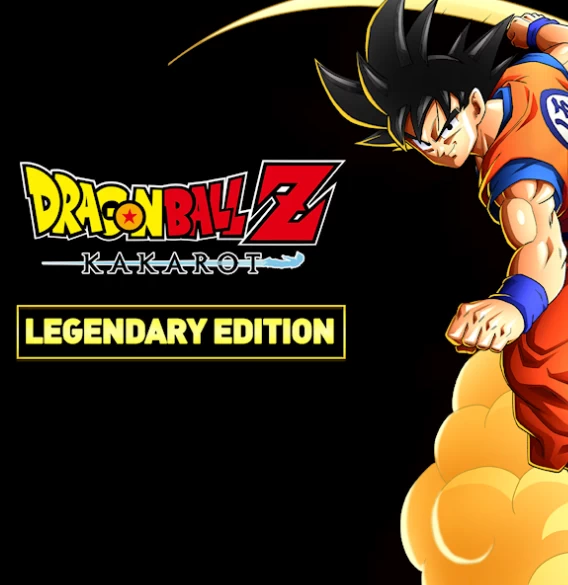All Dragon Ball video games for the PlayStation 5 (PS5)
The PS5: Discover the Dragon Ball games released, their versions, DLCs, and peripherals for the console
FighterZ, Kakarot, Xenoverse 2, Sparking! Zero are some of the titles that have been released on the PlayStation 5 platform.
On 11/12/2020, Sony’s 5th console, the PlayStation 5, was released, entering the ninth generation of consoles, where physical game media is becoming obsolete, online features dominate, and we leap into 4K and 8K gaming.
This console is backward compatible with all Dragon Ball titles released for its predecessor, the PS4, but regardless of this, it has received its own versions of some of those games and exclusive titles, such as Sparking! Zero, which was not released on PS4.
Discover here all the games released for PS5, their DLCs, Season Passes, all the PS5 editions launched, as well as their accessories to enjoy all Dragon Ball games.
Dragon Ball and DBZ games released for the PS5
Here is the complete list of all Dragon Ball titles released for PS5.
This list does not include PS4 games, but remember that all of them are backward compatible, and some are even “upgradable to PS5”.
What does “upgradable to PS5” mean?
This means that, for example, DBZ Kakarot was originally released for PS4, with graphics and FPS adapted to that console. Although it was compatible with PS5, years later the official PS5 version was released, featuring enhanced graphics, higher resolution, and improved FPS.
However, this does not require you to buy the new version: if you already own the PS4 version and install it on your PS5, you can access the enhanced version without purchasing the game again, keeping your save files and DLCs.
All Season Pass, DLCs or expansions for your Dragon Ball games released on PS5.
Find here all the DLCs and Season Passes released for Dragon Ball games on PS5. Take advantage and use the filter to view only the DLCs or expansions for the specific game.
The different versions and models of the PS5 console
Since its launch in 2020, the PlayStation 5 has received various versions that maintain the same technical foundation while improving in design, power efficiency, and size.
Today, there are the two original versions —with disc drive and digital—, the two Slim versions, which are more compact and efficient, and the PS5 Pro, which takes performance a step further with enhanced graphics and processing power.
All versions are fully compatible with each other in terms of games and downloadable content, so any title, including Dragon Ball games, can be enjoyed the same way on any model.
Here’s the list of all models
PS5 accessories and peripherals to play Dragon Ball
You may already have at home a console from when you were younger, or you may have inherited it from a friend or family member, or perhaps you bought it second-hand, but… you’re still missing some accessory or peripheral to be able to play with it, like an adapter or a controller…
So here’s a list of the things you might need to play your console.
More complete lists of Dragon Ball games and video games.
We also have more complete lists of Dragon Ball games and video games cataloged by their gaming platform, including Board Games, PlayStation, Nintendo NES, etc.
Here are some of the Dragon Ball games and video games we have for you:
Discover some of the Dragon Ball games, video games, consoles, and collectible accessories. From the iconic NES and GameBoy to the latest PC, PS5, and X-BOX titles, as well as the timeless board games.
Game Boy Micro
Game Boy Micro
The Game Boy Micro is the smallest and sleekest handheld in the series, featuring a bright, sharp screen. Perfect for gamers who want a retro gaming experience in an ultra-compact and portable design.
Nintendo 3DS
Nintendo 3DS
The Nintendo 3DS revolutionized handheld gaming with glasses-free 3D graphics. Featuring an innovative design, backward compatibility, and a diverse game library, it delivers three-dimensional fun anywhere.
Dragon Ball Z: Super Butōden 2
Dragon Ball Z: Super Butōden 2
Dragon Ball Z: Super Butōden 2 is the third Dragon Ball Z game released for the Super Nintendo and Super Famicom, and it is also the second fighting game for this console, released in late 1993.
It is the direct sequel to Super Butōden 1, so it remains a 2D fighting game with the same feature: when two opponents move far apart, the screen splits in two to simulate a huge stage. In this game, players can fight with up to 11 characters, using melee combos, ki attacks, and flying.
Its story mode covers the Cell Games tournament, the DBZ Bojack movie, and includes alternate “what if” stories, which later inspired the popularity of Tenkaichi Budokai on PS2.
Among the playable characters are Goku, Bojack, Piccolo, Gohan, Frieza, Cell, and with cheats, players can use Cell Jr. and Vegetto.
Dragon Ball Legends
Dragon Ball Legends
Dragon Ball Legends may be the most popular mobile game of its time, with a very original and entertaining story. We will accompany Shallot throughout the game. Its gameplay system involves combat and strategy through cards and a gacha system. The competitive multiplayer mode is what made it big.
PlayStation (SCHP-1000) | NTSC-J
PlayStation (SCHP-1000) | NTSC-J
The PlayStation model SCPH-1000 was the first console, version, and model released by Sony for the PS1 in 1994.
This model belongs to the SCPH-100X series, being the first of the series and with exclusive distribution in Japan, supporting only NTSC-J games.
This model is notable for being the only one with video ports S-Video and RFU. Additionally, it is the only one in its series that includes an additional ‘serial’ port, making it the console with the most ports or connectors.
This model had factory graphical errors in its motherboard and GPU ‘PU-7’, which were corrected in the other models of the same series with a new ‘PU-8’ board.
The SCPH-100X series (its three models) includes RCA video output, 1 controllers, 1 memory cards, a parallel port, VRAM for the GPU, and the internal power supply.
Wii Mini | RVL-201
Wii Mini | RVL-201
The Wii Mini, or RVL-201, was a redesign released 6 years after the original Wii, notable because this model is much more compact and has fewer peripherals and connections. Also, just like the Wii Family, it is meant to be used in a horizontal position.
Besides the position change, we can see that it is much smaller, and its traditional colors are completely different.
This console loses many features compared to the original: the first is that it is no longer backward compatible with GameCube games and peripherals. It does not have Wi-Fi, so we cannot access the internet; it also lacks internal storage for games and loses the AV output.
Otherwise, it remains the same as the original console, with some improvements and bug fixes, but with far fewer features.
This edition was only sold in European and American markets and was never released in Japan or other Asian regions.
The console has region locks, and games from different regions are not compatible. There are methods using discs to bypass this lock or console modifications that allow you to play your games for collecting purposes. This information is for informational purposes only, not for piracy.
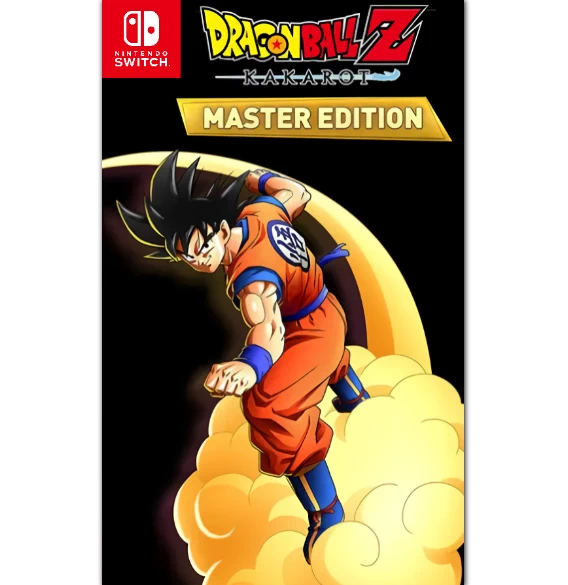
Dragon Ball Z: Kakarot - Master Edition
Dragon Ball Z: Kakarot - Master Edition
Dragon Ball Z: Kakarot – Legendary Edition was released four years after the original edition.
By the time of its release, the first and second Season Passes had concluded, and the third was just beginning.
At launch, it became the most complete edition available, as it included the base game and access to all 3 Season Passes, featuring everything from A New Power Awakens Set, Trunks – The Warrior of Hope, Goku’s Next Journey, and DAIMA: Adventure Through The Demon Realm.
It also includes permanent upgrades for cooking items and an exclusive item to move around the map while exploring or doing quests: Tao Pai Pai’s Pillar.
However, this edition can only be purchased through the Nintendo Shop on the Switch.
S-Video & AV to HDMI - Video Output Converter
S-Video & AV to HDMI - Video Output Converter
With this accessory, you can convert the AV output and S-Video output of your retro console to HDMI, allowing you to use it on modern TVs.
Dragon Ball Z: Kakarot - Legendary Edition
Dragon Ball Z: Kakarot - Legendary Edition
Dragon Ball Z: Kakarot – Legendary Edition was released three years after the original editions, by which time the first and second Season Passes had already concluded. Upon release, it became the most complete edition available, as it included the base game and access to Season Pass 1 and Season Pass 2, with five extra episodes based on: Dragon Ball Z: Battle of Gods, the Future Trunks saga, the Bardock story (from the classic DBZ movies of the 90s), the end of DBZ story arc (the World Martial Arts Tournament where Goku leaves with Uub), and a story dedicated to those characters.
It also included permanent upgrades for cooking items and an exclusive item to move around the map during exploration or missions: Tao Pai Pai’s Pillar.

